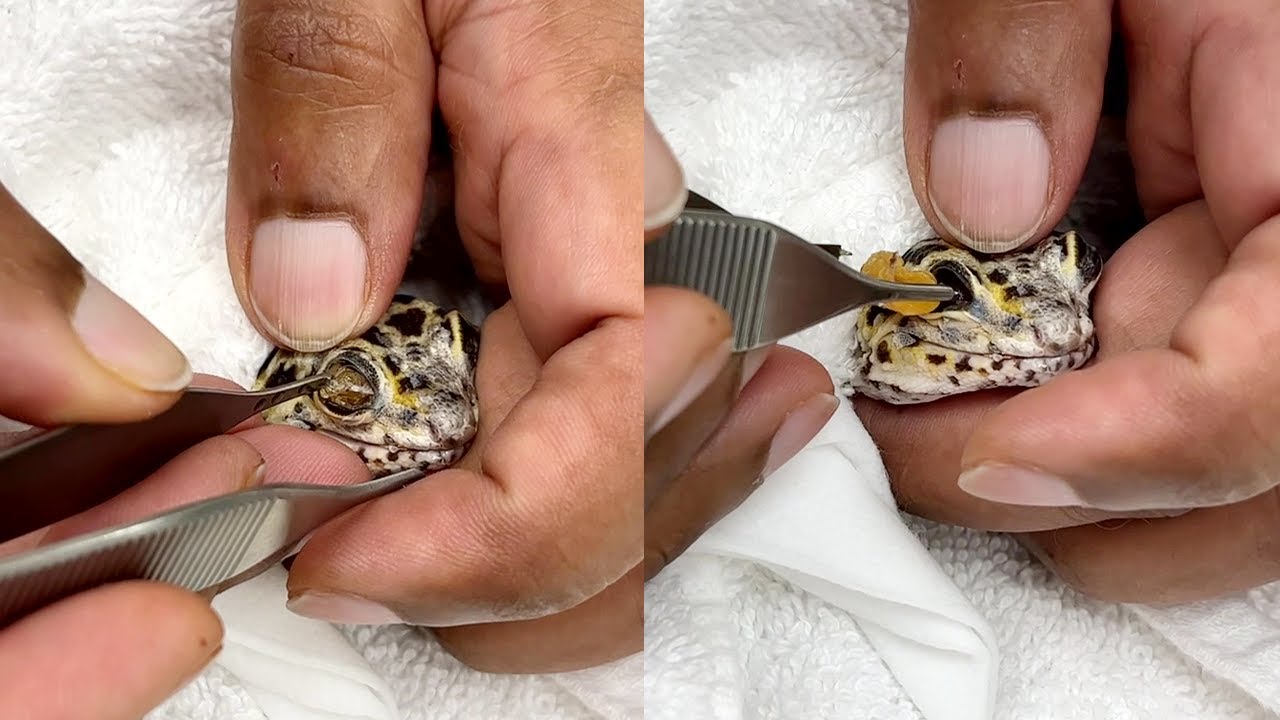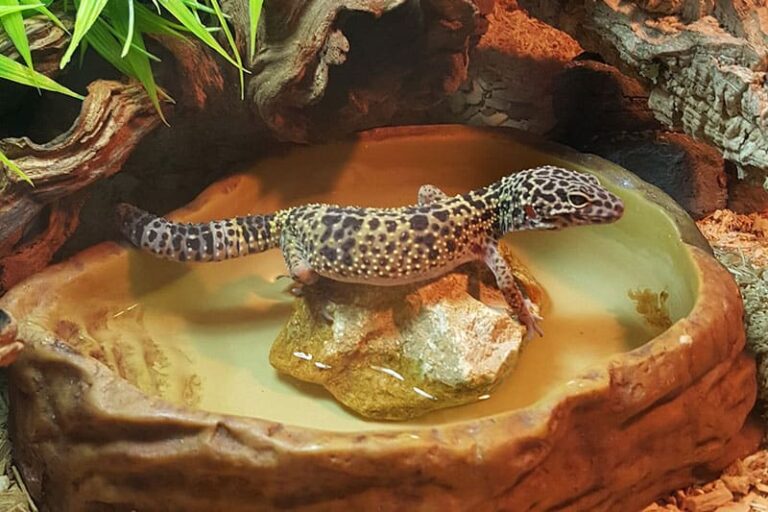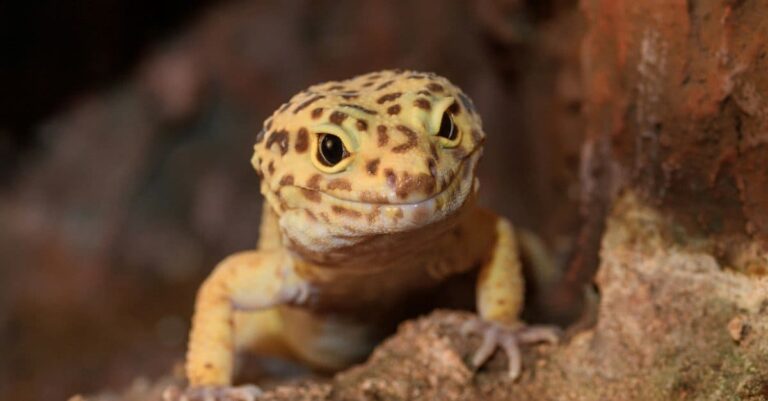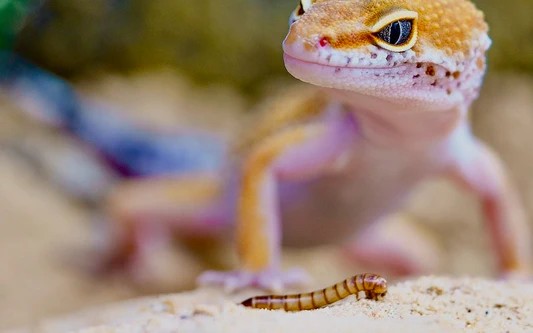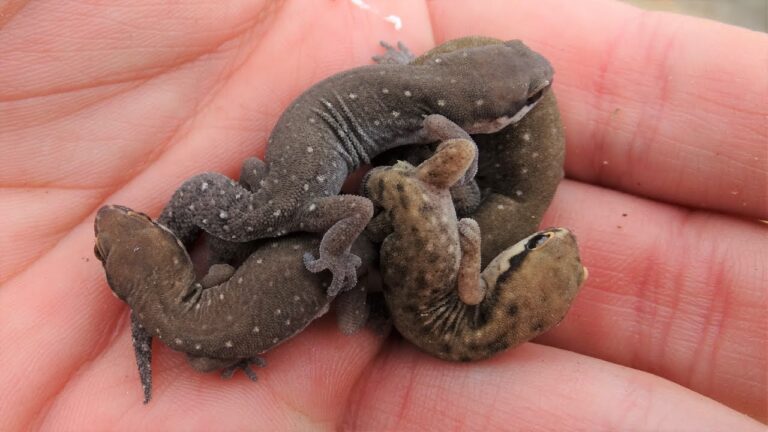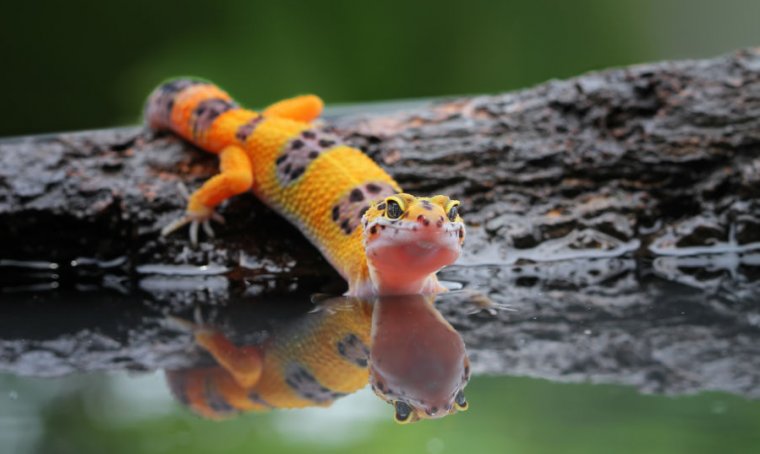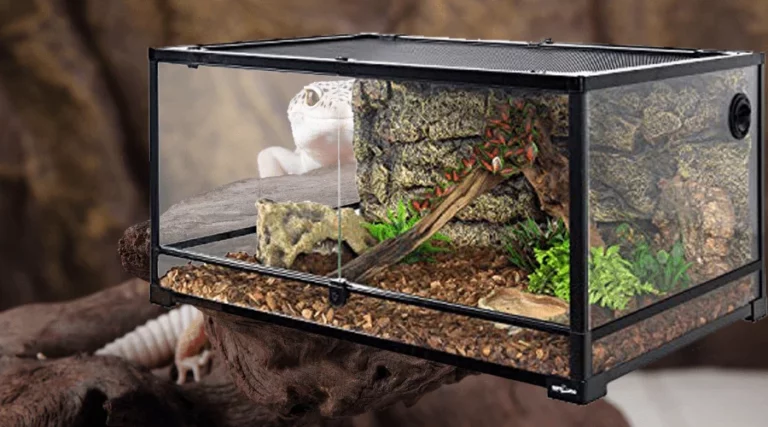What Is A Gecko Eye Cap? A Closer Look Through My Lens
Have you ever wondered about the remarkable features that make geckos such extraordinary creatures? I found myself pondering this very question as I embarked on a journey to understand the enigmatic world of gecko eye caps.
However, I was crouched down in a lush rainforest, surrounded by a myriad of vibrant green leaves and the distant hum of wildlife. My mission? To demystify the incredible gecko eye cap, an intricate marvel of nature that holds the key to their exceptional vision.
So, a gecko eye cap is a transparent scale that covers and protects a gecko’s eye. It acts like a natural contact lens, keeping their eyes clean and aiding in vision.
So, let’s Start rolling.
What are Eye Caps?
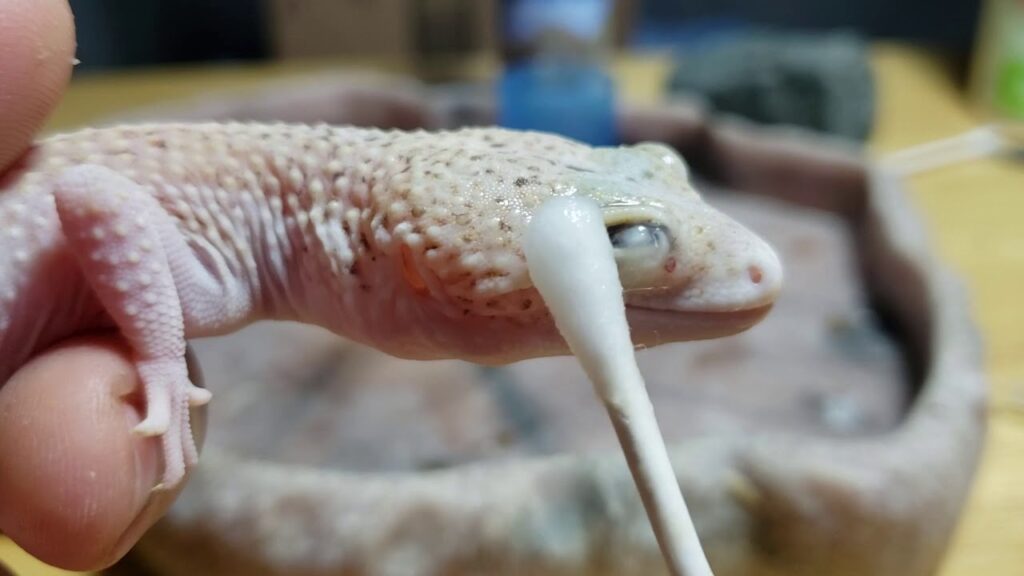
Eye caps, scientifically referred to as “spectacle” or “brille,” are remarkable transparent scales that play a pivotal role in safeguarding the delicate eyes of geckos. Composed of keratin, the same resilient protein found in human hair and nails, these are ingeniously connected to the skin encircling the gecko’s eyes. Their distinct feature lies in the way they are seamlessly shed alongside the reptile’s skin during the molting process, ensuring continued eye protection.
Further, a ubiquitous trait among geckos of all sizes, from diminutive dwarf geckos to formidable tokay geckos, exhibits remarkable diversity in terms of size and shape.
Also, Some species sport rounded eye caps, while others boast rectangular or triangular configurations, each tailored to the specific requirements of the individual species.
Reasons Behind Eye Caps
Protection: As I mentioned, eye caps serve as a protective shield for their eyes. Geckos are agile climbers and often explore various surfaces where their eyes can be vulnerable to scratches, dust, and debris. Simply, they act as a barrier, preventing these potential hazards from directly contacting the eyes and causing injuries or irritation.
Shedding Aid: Like many reptiles, undergo periodic shedding to replace old, worn-out skin with new skin. The eye caps are an integral part of this process. They are designed to be shed along with the rest of the skin during molting, ensuring that the eyes are not obstructed by old eye caps. This allows geckos to maintain clear vision after shedding.
Moisture Regulation: Further, they are known for their ability to thrive in arid environments. This helps in retaining moisture around the eyes, which is essential during periods of low humidity. By reducing moisture loss from the eyes, also can better adapt to their habitat and maintain eye health.
Lubrication: Some reptiles, including them, can go for extended periods without blinking or closing their eyes. They play a role in keeping the eyes lubricated by trapping a small amount of moisture beneath them. This lubrication prevents the eyes from drying out and ensures that they remain functional.
Camouflage: While not as pronounced in geckos as in some other r species, It may still contribute to camouflage. They can have patterns or colors that blend in with the gecko’s natural environment, helping the gecko avoid detection by potential predators or prey.
Reduced Light Distortion: Although they are transparent, they may slightly affect the way light enters the eyes. This can reduce glare and improve vision, especially in brightly lit environments or when they are exposed to intense sunlight.
Expert Treatment for Gecko Eye Spectacles in Reptiles
Here, I present a refined protocol for addressing this issue:
Step 1: Delicate Soaking
Commence the treatment by delicately immersing the reptile in shallow, tepid water, ensuring that the water level reaches up to its chin. This gentle soaking procedure, extending for approximately 30 minutes, serves the vital purpose of softening the retained eyecap, rendering it more pliable and amenable to removal. In select cases, the application of a water-soluble gel to the affected spectacle after soaking can preserve its flexibility during the extraction process.
Step 2: Skillful Extraction
Many retained spectacles can be skillfully removed with a combination of gentleness and precision. Employ your veterinarian’s thumb or a cotton swab, suitably moistened, to glide meticulously across the spectacle.
However, for instances where the eyecap clings tenaciously, the expertise of your veterinarian may be required. They may utilize thin-bladed thumb forceps or specialized instruments to gently elevate and loosen the adhering spectacle.
Step 3: Consider Alternative Approaches
In certain situations, an alternative approach may be suggested by your veterinarian. This involves placing the snake or lizard inside a damp pillowcase, accompanied by a moistened towel.
Allow the reptile to inhabit its enclosure or another warm environment for several hours. As the gecko navigates its surroundings, it may naturally shed the problematic spectacle. Should this natural process not occur, manual removal, as previously outlined, remains the course of action.
Step 4: Veterinarian Expertise is Key
In the end, It cannot be overstated that the engagement of a qualified veterinarian is of paramount importance. Inexperienced attempts to remove retained spectacles can inadvertently inflict harm upon the delicate underlying eye.
Furthermore, the expertise of your veterinarian may unveil underlying factors contributing to the retained spectacle, extending beyond mere husbandry deficiencies. Such insights may necessitate additional treatments, guaranteeing the holistic care and well-being of your cherished reptilian companion.
Preventive Strategies: Humidity and Diet for Gecko Health
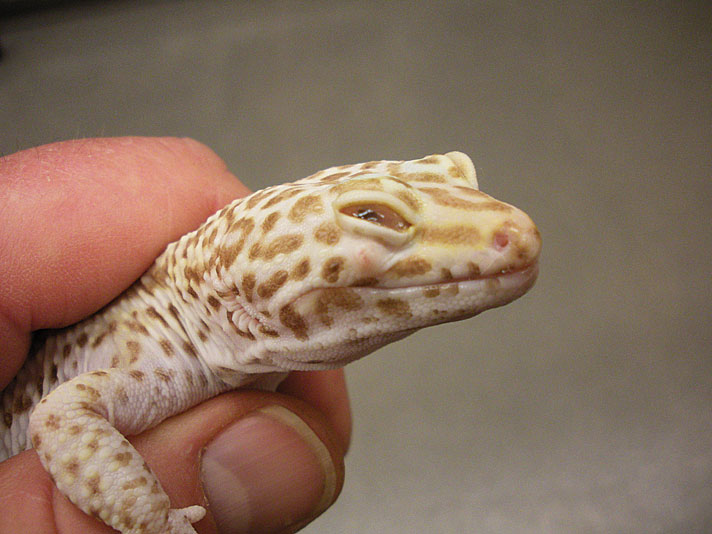
Here’s how to avoid problems and promote their optimal health:
1. Proper Humidity Management: While geckos originate from arid environments, it’s essential to recognize that they have evolved to seek out moist retreats, even in these dry habitats. One of the primary causes of retained eyelid liners is an excessively dry enclosure. It’s a common misconception that desert animals should be kept in bone-dry conditions.
Research has unveiled that even species like Gila monsters, native to some of the driest places on Earth, spend a substantial 90% of their time in burrows with elevated humidity levels.
Shedding Aids: Shedding aids can be invaluable for them especially those adapted to desert climates. These aids assist in maintaining the necessary humidity levels within their enclosure and facilitate the process.
2. Balanced Diet and Vitamin A: Inadequate vitamin A levels have been implicated in shedding problems. To ensure health:
Varied Diet: Offer your pet a diverse and balanced diet. They thrive on a menu that includes a variety of insects, such as crickets, mealworms, and roaches, as well as appropriately sized prey items.
Supplements: Provide your gecko with suitable vitamin and mineral supplements as recommended by your veterinarian. These supplements can help bridge potential nutritional gaps in their diet.
FAQs
Do geckos shed eye caps?
Yes, geckos shed eye caps. They periodically molt their eye caps to maintain clear vision.
Why do snakes have eye caps?
Snakes have eye caps, known as spectacles, to protect and lubricate their eyes during shedding, as their eyes don’t blink.
What is gecko’s eye structure?
A gecko’s eye structure consists of a unique, transparent eye cap called a cornea lens, which contributes to their exceptional vision.
Why are gecko eyes unique?
Gecko eyes are unique due to their specialized cornea lens, which enables them to see in various light conditions, including low light and UV light.
Do all geckos get eye caps?
Yes, all geckos have eye caps. They play a vital role in maintaining clear vision and are present in various gecko species.
Why is my gecko closing his eyes?
Your gecko might close its eyes for various reasons, such as sleep, stress, illness, or eye issues. It’s essential to monitor their behavior and consult a veterinarian if you have concerns.
Final Words:
So, you know those little transparent shields that cover a gecko’s eyes? Well, those are called eye caps, or spectacles. They’re kinda like safety glasses for geckos, but they’re a natural part of their body.
These are super important for geckos. They act as a shield, protecting our eyes from dust and stuff that could hurt them. Think of them like built-in goggles.
But that’s not all they do. When they shed old skin, these also come off too, making room for new ones. It’s like getting rid of old, scratched-up glasses and getting a fresh, clean pair.
Even though they often live in dry places, also smart enough to find spots with a bit more moisture to keep their eyes comfy. So, even in the desert, they know how to take care of their eyes.
These eye caps are just one of the cool ways geckos adapt to the environment. Lastly, they see well and stay safe in our world.

